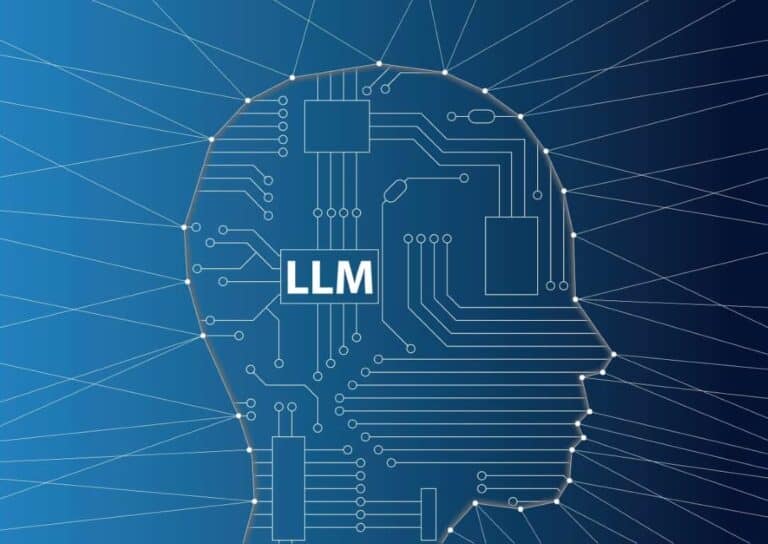Cisco, Meta, and ProjectDiscovery are putting community-driven AI at the center of the fight against cyber threats.
During RSAC 2025, the global conference organized by RSA, it became clear that open-source AI has definitively penetrated the core of enterprise cybersecurity. This had already been noted by VentureBeat. There is more than enough reason for this statement: Cisco, Meta, and ProjectDiscovery all presented innovations that make it clear that large language models (LLMs) are no longer experimental, but essential for the modern Security Operations Center (SOC).
The speed at which cyberattacks occur now exceeds human response capabilities. Companies such as Cisco and Meta are therefore focusing on open-source LLMs as a fundamental building block for adaptive security that can scale at lower costs and evolve faster than traditional solutions.
Whereas open-source LLMs were previously mainly interesting because of their cost efficiency and fast time-to-market, they are now seen as strategically indispensable infrastructure. This was evident from announcements such as Cisco’s Foundation-sec-8B, Meta’s comprehensive AI Defenders Suite, and ProjectDiscovery’s award-winning Nuclei platform.
Cisco’s Foundation-sec-8B: AI built for cybersecurity
Cisco introduced Foundation-sec-8B, an LLM built from the ground up for cybersecurity purposes. The model is based on Meta’s Llama 3.1 architecture, has eight billion parameters, and is fully open-source under the Apache 2.0 license.
According to Cisco’s AI and Security Executive Yaron Singer, openness is essential. He argues that open innovation is precisely what drives acceleration and scalability in cybersecurity. The model was trained on a large, domain-specific dataset, including CVE databases, MITRE ATT&CK mappings, red team playbooks, and compliance guidelines from NIST and OWASP, among others. NIST and OWASP.
The results speak for themselves. Benchmark tests show that Foundation-sec-8B performs on par with much larger models on certain cybersecurity tasks, while remaining deployable on minimal hardware. SOC teams can use the model for everything from threat detection to AI-assisted code review.
Meta strengthens generative AI security with Defenders Suite
Meta is also building on its Llama ecosystem. At RSAC 2025, the company introduced Llama Guard 4 (for text and image classification) and LlamaFirewall, which detects prompt injections, jailbreaks, and vulnerabilities in generated code. In addition, Meta launched a new benchmark series – CyberSec Eval 4 – developed in collaboration with CrowdStrike, which allows AI models to be tested in realistic SOC scenarios.
The Llama Defenders Program offers early access to privacy-focused tools such as document classification and audio detection. With this, Meta demonstrates that AI security can be not only powerful but also privacy-conscious.
ProjectDiscovery: community as a force in vulnerability scanning
ProjectDiscovery was named the most innovative startup at RSAC 2025. The company is working with Nuclei to build an open-source vulnerability scanner powered by a global community. The tool contains more than 11,000 detection templates, including 3,000 CVE-specific patterns, which quickly identify real-time threats in APIs, cloud environments, networks, and more.
COO Andy Cao said that this recognition is proof that open-source models can indeed succeed in cybersecurity. His organization embodies the vision of democratic, community-driven security that helps companies of all sizes move forward.
The common thread running through RSAC 2025: collaboration pays off. Cisco, Meta, and ProjectDiscovery demonstrate that open-source LLMs not only offer scalable security, but also create a common platform on which competitors can collaborate. The emergence of specialized, open LLMs makes it possible to better detect complex threats, respond faster, and reduce costs at the same time.
As Cisco’s Jeetu Patel put it during his keynote speech: better security does not have to be a luxury. Thanks to tailor-made models that are publicly available, high-end cybersecurity is within reach of every organization.
